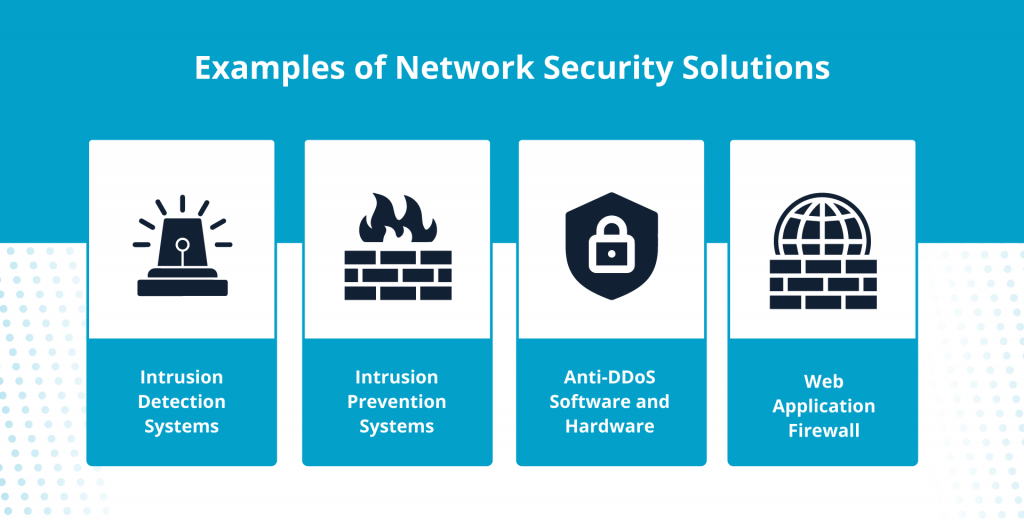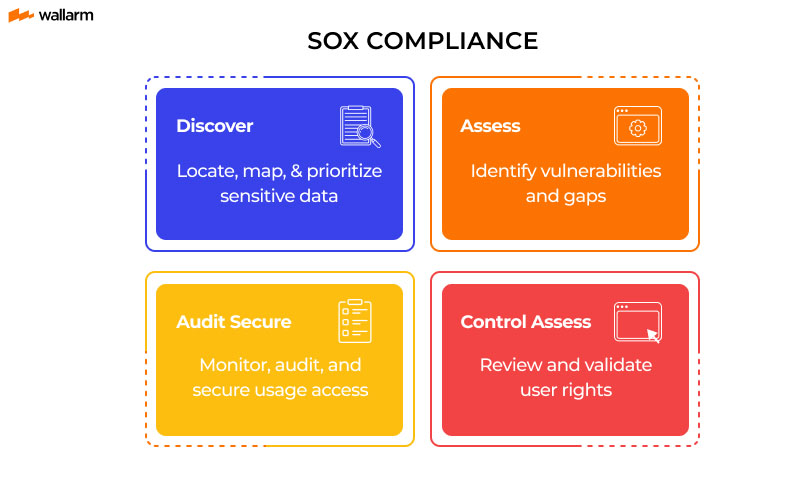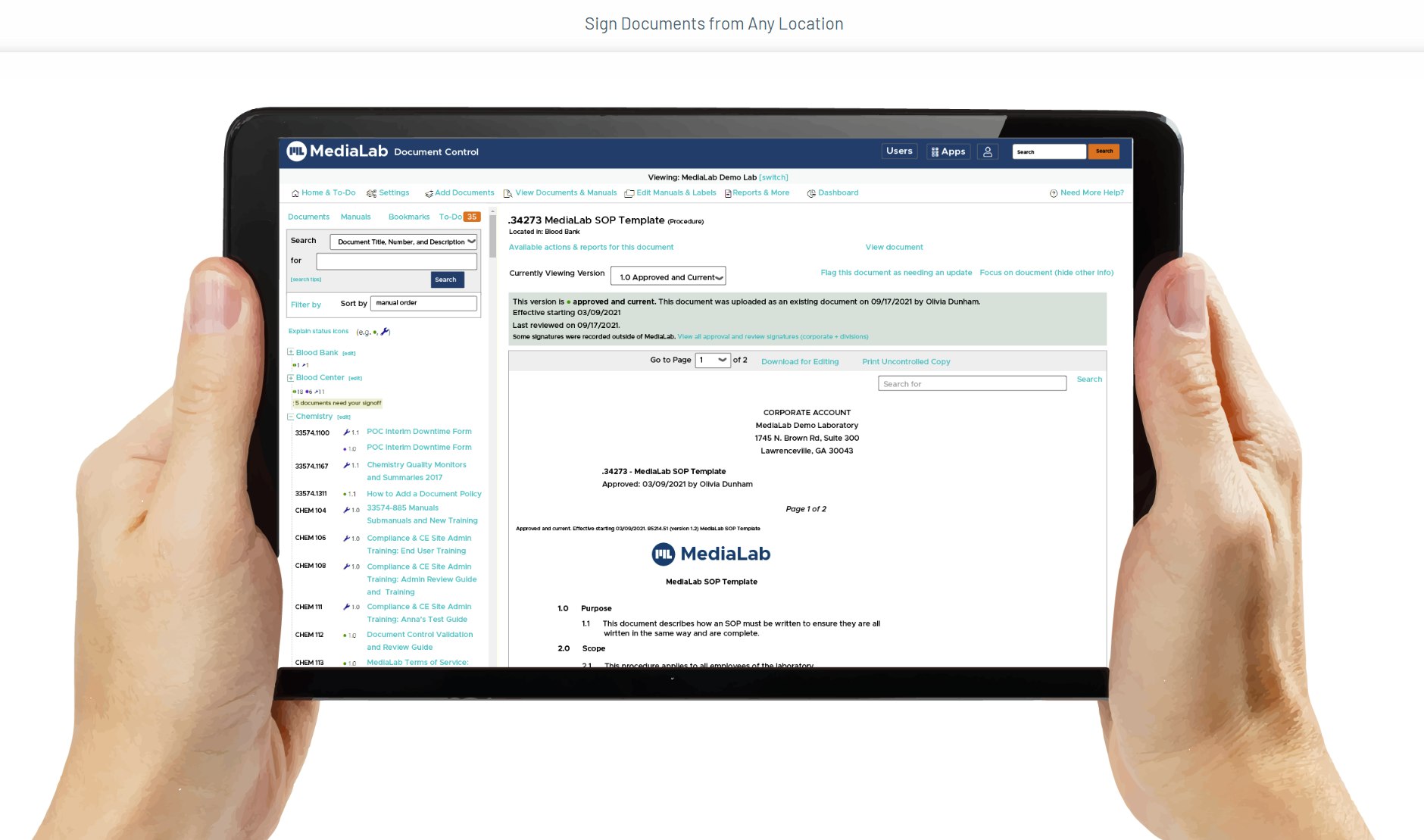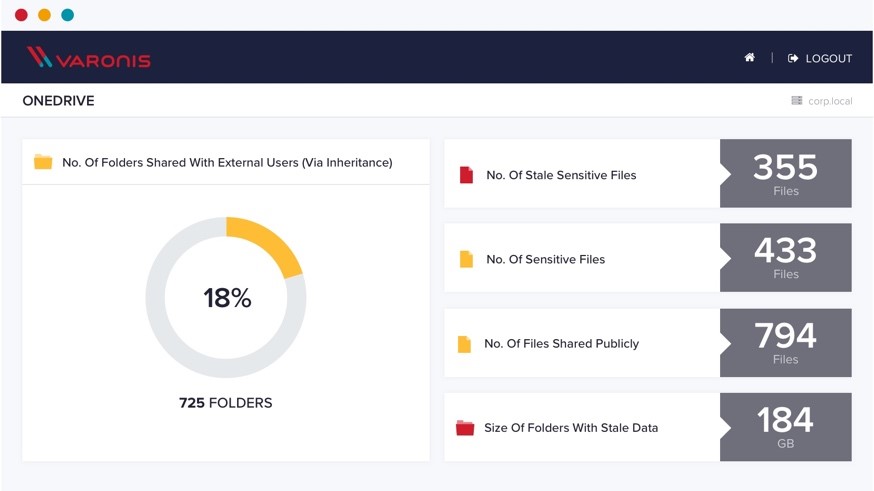The Power of a Unified Identity Security Platform
The Power of a Unified Identity Security Platform
In today’s digital landscape, where cyber threats are constantly evolving, organisations face the challenge of securing their sensitive data and resources while ensuring seamless access for authorised users. This is where a unified identity security platform plays a crucial role in safeguarding against potential breaches and ensuring compliance with regulatory requirements.
Streamlined Access Management
A unified identity security platform consolidates various authentication methods, such as multi-factor authentication, single sign-on, and password management, into a single solution. This streamlines access management processes and enhances user experience by providing secure yet convenient access to applications and systems.
Enhanced Security Measures
By centralising identity management functions, organisations can enforce consistent security policies across all IT resources. This includes user provisioning and deprovisioning, role-based access control, and real-time monitoring of user activities. With enhanced visibility and control over user permissions, the risk of unauthorised access is significantly reduced.
Comprehensive Compliance Reporting
A unified identity security platform simplifies compliance efforts by generating detailed reports on user access patterns, policy violations, and audit trails. Organisations can easily demonstrate adherence to regulatory standards such as GDPR, HIPAA, or PCI DSS through comprehensive compliance reporting capabilities provided by the platform.
Scalability and Flexibility
Scalability is key in today’s dynamic business environment. A unified identity security platform offers scalability to accommodate growth without compromising security measures. Whether an organisation expands its workforce or adopts new technologies, the platform can adapt to changing needs while maintaining robust security protocols.
Conclusion
In conclusion, a unified identity security platform serves as a cornerstone in establishing a strong cybersecurity posture for organisations. By integrating diverse identity management functions into a cohesive solution, businesses can fortify their defences against cyber threats while empowering users with secure and efficient access to resources. Embracing a unified approach to identity security not only enhances protection but also fosters agility and compliance in an increasingly digital world.
Eight Advantages of a Unified Identity Security Platform: Enhancing Experience, Security, and Efficiency
- Enhances user experience with streamlined access management
- Reduces the risk of unauthorised access through centralised security policies
- Simplifies compliance efforts with comprehensive reporting capabilities
- Provides scalability to accommodate business growth and changes
- Increases operational efficiency by integrating identity management functions
- Improves security posture by enforcing consistent authentication methods
- Empowers organisations to adapt to evolving cyber threats and regulatory requirements
- Enhances visibility and control over user permissions for better risk management
Challenges of Implementing a Unified Identity Security Platform: Key Concerns to Consider
- Complex Implementation Process
- High Initial Investment
- Integration Challenges
- User Training Requirements
- Single Point of Failure
- Limited Customisation Options
- Vendor Lock-in Risk
Enhances user experience with streamlined access management
By consolidating various authentication methods and access management processes into a single solution, a unified identity security platform significantly enhances user experience. Users benefit from streamlined access to applications and systems, making it convenient yet secure to navigate IT resources. This seamless access management not only improves user satisfaction but also boosts productivity by eliminating the complexities associated with multiple authentication mechanisms.
Reduces the risk of unauthorised access through centralised security policies
By centralising security policies, a unified identity security platform effectively reduces the risk of unauthorised access to sensitive data and resources. Through consistent enforcement of access controls and user permissions across all IT assets, organisations can maintain a robust defence mechanism against potential breaches. This proactive approach ensures that only authorised individuals have the necessary privileges, mitigating the threat of data breaches and enhancing overall cybersecurity posture.
Simplifies compliance efforts with comprehensive reporting capabilities
One significant advantage of a unified identity security platform is its ability to simplify compliance efforts through comprehensive reporting capabilities. By centralising identity management functions and generating detailed reports on user access patterns, policy violations, and audit trails, organisations can easily demonstrate adherence to regulatory standards. This streamlined approach not only saves time and resources but also ensures that businesses maintain a high level of compliance with various industry regulations such as GDPR, HIPAA, or PCI DSS.
Provides scalability to accommodate business growth and changes
A significant advantage of a unified identity security platform is its ability to provide scalability to accommodate the growth and changes within a business. As organisations evolve and expand, the platform can seamlessly adapt to new user requirements, increased workloads, and emerging technologies without compromising security measures. This scalability feature ensures that businesses can effectively manage their identity management needs as they grow, enabling them to maintain a strong security posture while supporting their evolving operational demands.
Increases operational efficiency by integrating identity management functions
By integrating identity management functions, a unified identity security platform significantly enhances operational efficiency within organisations. This seamless integration streamlines access management processes, simplifies user provisioning and deprovisioning, and ensures consistent enforcement of security policies across all IT resources. By centralising these critical functions, businesses can reduce administrative overhead, minimise the risk of errors, and improve overall productivity. The cohesive nature of a unified identity security platform not only strengthens cybersecurity measures but also optimises operational workflows, allowing organisations to focus on strategic initiatives with confidence in their data protection capabilities.
Improves security posture by enforcing consistent authentication methods
Enhancing security posture is a critical aspect of any organisation’s cybersecurity strategy, and a unified identity security platform excels in this by enforcing consistent authentication methods. By standardising authentication processes across all IT resources, organisations can significantly reduce the risk of unauthorised access and potential security breaches. This consistency ensures that only legitimate users with verified credentials can access sensitive data and systems, thereby strengthening overall security measures and safeguarding against evolving cyber threats effectively.
Empowers organisations to adapt to evolving cyber threats and regulatory requirements
In the ever-changing landscape of cybersecurity, a unified identity security platform empowers organisations to effectively adapt to evolving cyber threats and regulatory requirements. By centralising identity management functions and enforcing consistent security policies, businesses can stay ahead of emerging threats and ensure compliance with stringent regulations. This proactive approach not only strengthens the organisation’s security posture but also enables them to respond swiftly to new challenges, ultimately enhancing their resilience in the face of cyber risks.
Enhances visibility and control over user permissions for better risk management
By centralising identity management functions, a unified identity security platform enhances visibility and control over user permissions, leading to better risk management. Organisations can effectively monitor and regulate user access to critical resources, reducing the likelihood of unauthorised activities and potential security breaches. This heightened level of oversight enables proactive identification of security risks and swift mitigation actions, ultimately strengthening the overall security posture of the organisation.
Complex Implementation Process
The complexity of implementing a unified identity security platform poses a notable challenge for organisations. The process can be time-consuming and demanding in terms of expertise, as it involves integrating various authentication methods, access controls, and monitoring mechanisms into a cohesive system. This complexity may lead to delays in deployment and require dedicated resources to navigate the intricacies of configuration and customisation. As a result, organisations may face hurdles in achieving a seamless transition to the unified platform, impacting operational efficiency and potentially prolonging the timeline for realising the platform’s full security benefits.
High Initial Investment
The high initial investment required for implementing a unified identity security platform can pose a significant challenge for many organisations. The cost associated with acquiring the necessary technology, conducting training for staff members, and customising the platform to suit specific business needs may be prohibitive for some budget constraints. This financial barrier could potentially deter organisations, especially smaller ones, from reaping the benefits of enhanced security and streamlined access management that a unified identity security platform offers.
Integration Challenges
Integration Challenges are a significant con of unified identity security platforms, as compatibility issues with existing systems and applications can often emerge during the integration process. The complexity of aligning different technologies and protocols across diverse IT environments can lead to delays, disruptions, and potential vulnerabilities. Resolving these integration challenges requires meticulous planning, testing, and collaboration between various stakeholders to ensure a seamless transition without compromising the security or functionality of the systems involved.
User Training Requirements
User Training Requirements can be a significant con of implementing a unified identity security platform. As organisations transition to new authentication methods and access management processes within the platform, users may require training to effectively adapt to these changes. This training could involve educating users on how to navigate the new system, understanding the importance of security protocols, and learning how to use different authentication mechanisms. The time and resources needed for user training can pose challenges, especially in large organisations with diverse user groups. Failure to provide adequate training may result in user errors, resistance to change, or even security vulnerabilities due to improper usage of the unified identity security platform.
Single Point of Failure
In the realm of unified identity security platforms, a significant drawback is the concept of a single point of failure. Should the unified platform encounter downtime or fall victim to a security breach, the repercussions can be far-reaching, affecting access to all resources across the organisation. This vulnerability highlights the importance of implementing robust backup measures and contingency plans to mitigate the risks associated with potential system failures or security breaches within a unified identity security environment.
Limited Customisation Options
Some unified identity security platforms may present a con in the form of limited customisation options, potentially restricting organisations from tailoring security policies to align with their specific requirements. This lack of flexibility can hinder the ability to address unique security challenges or comply with industry-specific regulations effectively. Organisations that demand a high degree of customisation may find themselves constrained by the rigid structure of certain unified identity security platforms, limiting their capacity to implement nuanced security measures that best suit their operational environment.
Vendor Lock-in Risk
Organisations considering a unified identity security platform must be cautious of the con of vendor lock-in risk. Depending on the chosen platform, there is a potential downside of being tied to a specific vendor, which can restrict flexibility and hinder the organisation’s ability to switch providers easily. This could lead to dependency on a single vendor for critical identity management functions, posing challenges in terms of scalability, cost-effectiveness, and adaptability to evolving security needs. Careful consideration and planning are essential to mitigate the risks associated with vendor lock-in and ensure that the chosen platform aligns with long-term strategic objectives while allowing for future flexibility and innovation.







